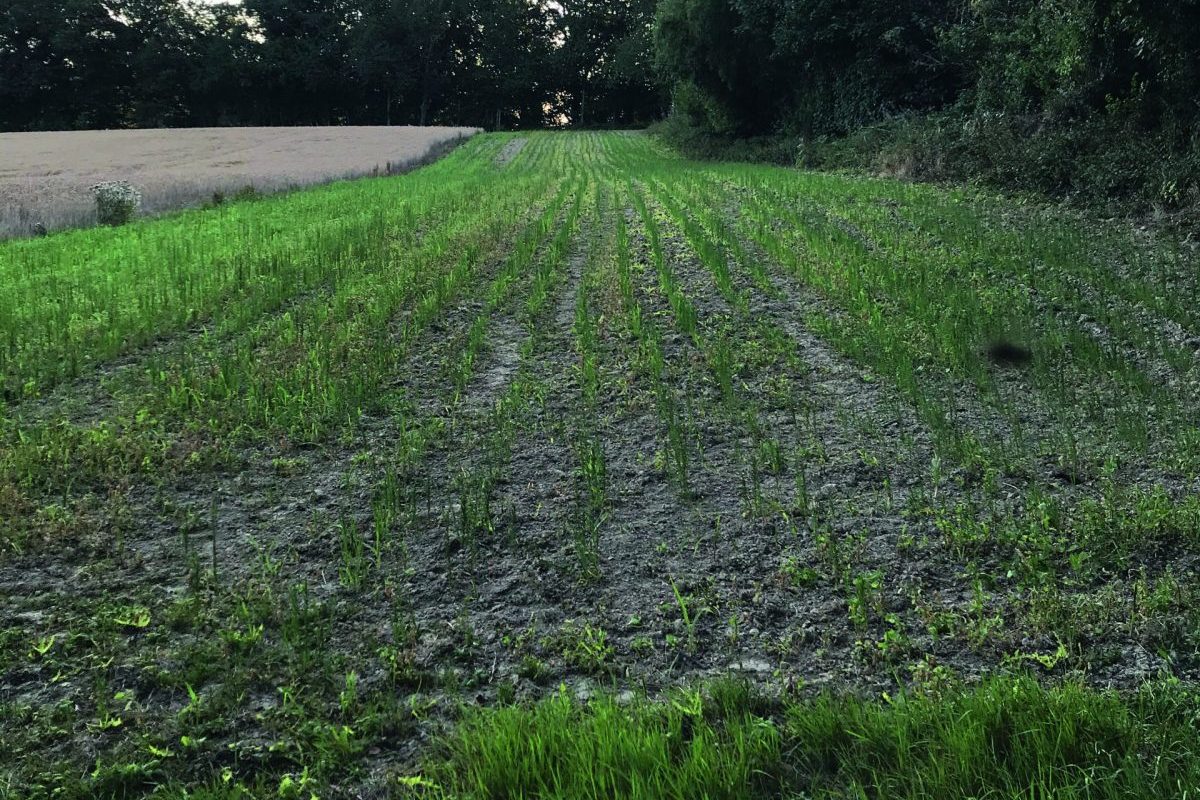How has this summer’s drought affected game crops?
The story of cover crops this year has been one of waiting for the rain that never came, creating a testing conundrum for shoot managers

Getting our game crops to grow this year has been a real battle. I don’t think it has ever been more dry. Everything we have done has been a bit of a gamble and it has been next to impossible to get things right. Yes, we have crops and, yes, they are growing, but only very slowly. And the ones that are starting to mature are a lot thinner and lower than we would like them.
The maize went in all right, but was planted a little late because it was still cold in early May. I was worried about frost damage and wanted it to get away when it went in, not be checked by lower-than-average night-time temperatures. When it was drilled, it went into moisture, although not a lot of it as we’d had very little rain. Most of it came up fairly quickly and then stood still, waiting for a drink.
The rain stayed away, the plants stood still and, as so often happens when it is dry, the weeds started to take over. We then had drought-stressed, weedy crops that needed spraying. They were either too small and hadn’t reached the correct growth stage to put on the post-emergent spray, or they were at the correct leaf stage to take the herbicide, but too drought-stressed for us to risk putting it on.
It was difficult to know what to do for the best — wait for rain in the hope that the plants would manage to get away, or get them sprayed and risk damaging the already stressed plants and the struggling smaller ones in the crop.
In the end, we decided on a happy medium, which was far from ideal but was about all we could do under the circumstances. We waited until 75% of the plants were big enough, then sprayed when the sun had gone in and the air had cooled a little. Thankfully, we didn’t lose any plants and the spray didn’t appear to check them, but the weeds had got away more than we would have liked and that added to the moisture problems.
We then applied some foliar feed to help the plants that were struggling to get away and top-dressed the poorer crops with straight nitrogen. This is not recommended when growing maize, as there is a small risk of the fertiliser prills settling in the centre of the smaller plants and burning them. Again, we got away with it, but it was a gamble — leave them unfertilised and have poorer plants, or fertilise and run the risk of the smaller ones being damaged.
Struggling
Most of the maize has managed to get away now, but not so the small seed crops that we drilled three or four weeks later. The problem has been moisture. In hindsight, we probably should have drilled the millets and sorghums at the same time as the maize, but the soil still hadn’t warmed up and, as we fully expected it
to rain, we weren’t in any sort of rush to get them in.
Most of them are poor. The linseed has managed to get away and seems to be fairly unaffected, but the millets, sorghums and fodder radish are all struggling. Germination has been poor and the plants that are there are shorter and weaker than I would have liked. They will provide some food and are far from complete failures, but I am not expecting them to provide much in the way of cover beyond November.
We did redrill a main drive at the end of June and it appears to be OK. We ploughed the whole lot in, worked it down, drilled and rolled it in under 24 hours. There was rain for an hour between our working the ground and drilling the seed, then half a day of rain after we rolled in the seed. We applied a herbicide and it has been fertilised, but again we are waiting for the rain.








